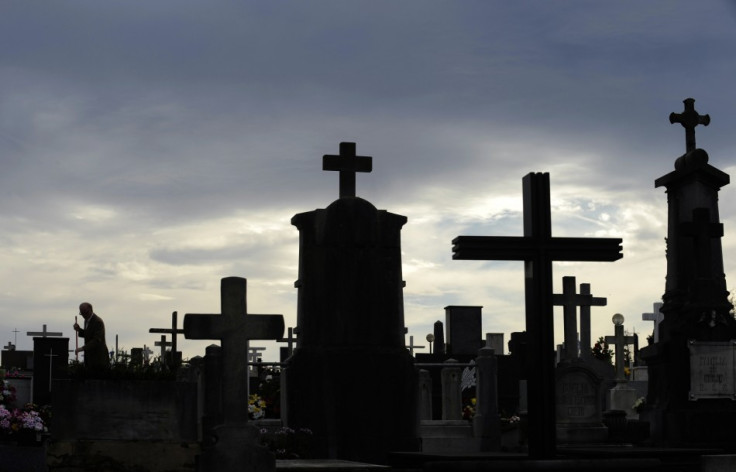Mummification was widespread in ancient Bronze Age Britain

Mummification may have been a common burial technique used for the deceased back in Bronze Age Britain, a new report has claimed. Archaeologists from the University of Sheffield, with help from the University of Manchester and University College London, have analysed several ancient burial sites across the UK and have come to the conclusion that mummifying the dead was actually the norm in the Britain of old.
The University of Sheffield's Department of Archaeology found some Bronze Age Britons were mummified using a similar technique from pre-historic Yemen as well as being consistent with a partially mummified body found in Ireland. Dr Tom Booth, of the Department of Earth Sciences at London's Natural History Museum, undertook microscopic analysis of the remains as he looked to compare the remains of various Bronze Age bodies with those from Yemen and Ireland.
The British climate, which often heaps rain on to the soil, is unfavourable for the preservation of bodies, and if they were buried outside of a preservative environment such as a bog, then they would have lost their preserved tissue. Booth explained: "The problem archaeologists face is finding a consistent method of identifying skeletons that were mummified in the past - especially when they discover a skeleton that is buried outside of a protective environment.
"To help address this, our team has found that by using microscopic bone analysis archaeologists can determine whether a skeleton has been previously mummified even when it is buried in an environment that isn't favourable to mummified remains. We know from previous research that bones from bodies that have decomposed naturally are usually severely degraded by putrefactive bacteria, whereas mummified bones demonstrate immaculate levels of histological preservation and are not affected by putrefactive bioerosion."
A previous investigation had led researchers to the conclusion that bodies discovered at the Outer Hebrides were not consistent with mummified remains because there were signs of bacterial bioerosion. However, new technology has allowed researchers to look closer and use microscopic analysis to examine the bodies and they found they are in fact consistent with the mummification techniques used, according to the study published in Antiquity.
Booth said: "Our research shows that smoking over a fire and purposeful burial within a peat bog are among some of the techniques ancient Britons may have used to mummify their dead. Other techniques could have included evisceration, in which organs were removed shortly after death.
"The idea that British and potentially European Bronze Age communities invested resources in mummifying and curating a proportion of their dead fundamentally alters our perceptions of funerary ritual and belief in this period."
© Copyright IBTimes 2024. All rights reserved.






